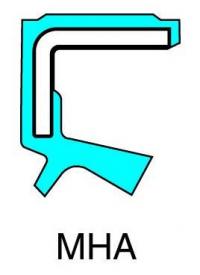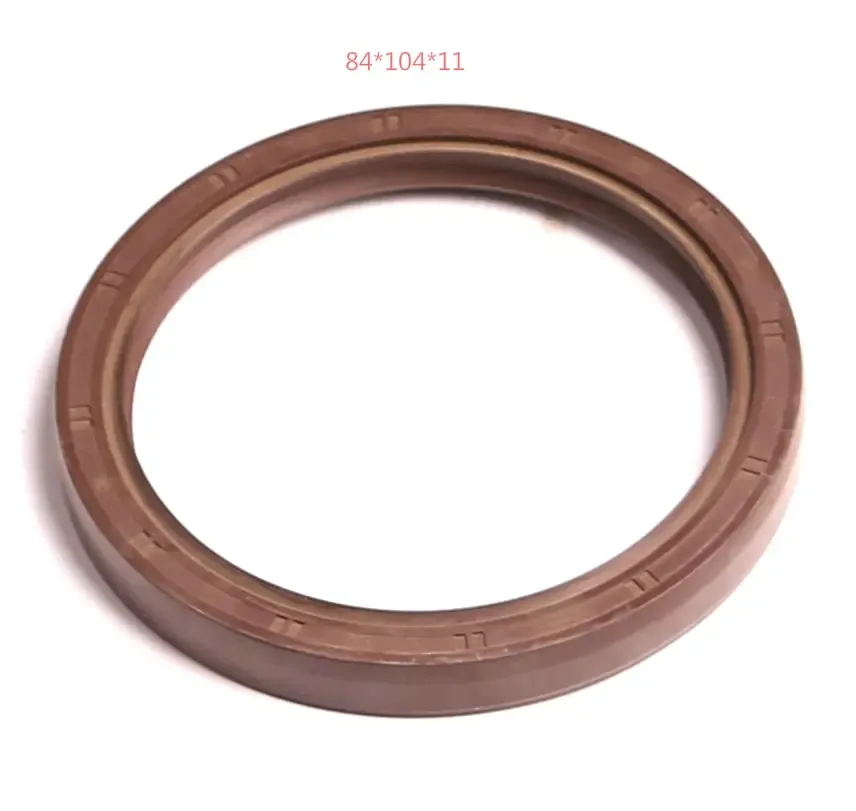The lip is specially designed to ensure the oil seal works effectively with the different forces that arise during rotation. Many different designs and materials are used, so countless types of oil seals are available. These are chosen according to the application; pumps, gearboxes, wheels, and many other rotating applications where fluids need to be sealed. They are used in a variety of sectors, such as the chemical industry, manufacturing, wind turbines, automotive sector, food industry, and more. Oil seals are used in nearly all sectors.
B
The other way oil seals work is by stopping outboard materials that can damage the machine or contaminate its lubricant. The outboard materials that the oil seal will need to stop depend on the application. However, the most common kinds are dirt, moisture, and the particles produced during manufacturing.
Rubber type
Oil seals come in various shapes to fit the machines and substances to be sealed.
Figure 2 shows the structure and the names of the various components of the most typical oil seal.
The functions of the various components are also indicated in Table 1.

What is Oil Seal
Many – too numerous to list, covering a vast range of designs, sizes, and materials suitable for a never-ending range of applications. Some designs conform to International Standards such as BS1399 and DIN 3760 for metric sizes and seal types, but the majority have been manufactured to suit particular applications – hence the enormous selection available. This blog is intended to assist in this selection and will consider seal type, materials, and sizes.

